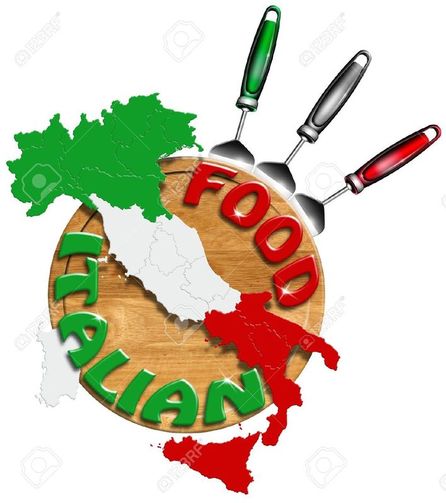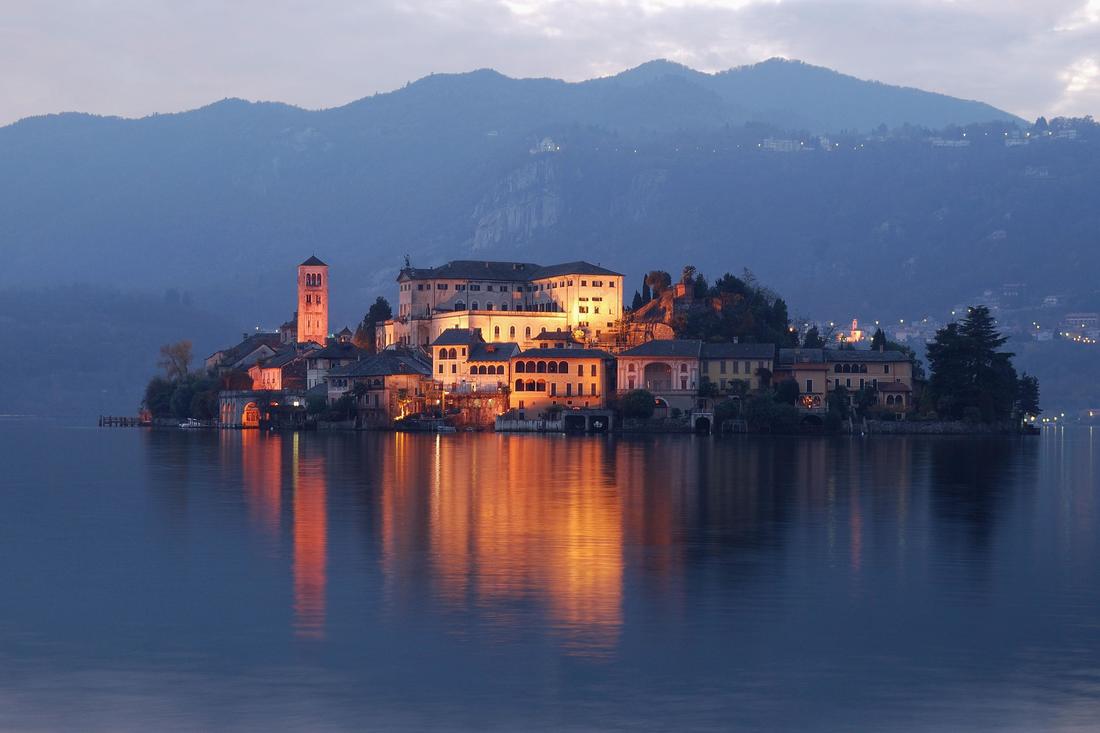Taxation and Closing Costs
|
The following analysis may hopefully clarify the property taxation system in Italy at the moment.
There are basically 2 categories of levies that everyone, resident or otherwise, must pay after purchasing a home in Italy: 1) Levies dealing with transfer of property such as stamp duty (imposta di registro), land registry tax (imposta ipotecaria), cadastral tax (imposta catastale) and VAT (IVA). VAT is generally levied on the purchase for property bought from a renovation company or a developer within 5 years after completion of work on the property. The other three taxes (stamp duty, land registry and cadastral tax) are usually based on the property’s “cadastral declared value” of the deed of sale called the “Rogito.” Notably, the cadastral value is lower than the property’s market price since it is based on appraisals which in most cases were done several years back. If one buys his or her principal home, also called prima casa, from a company or a private seller without applying VAT, whereby you can move into the property within 18 months after signing the final contract, live in the property for more than 6 months a year and if the home is not categorized as luxury property, then the registration tax, also known as ‘imposta di registro’, drops from the previously paid 3% to 2% of the property’s cadastral value. This comes with a minimum payment due of 1000 Euros. The cadastral tax (imposta catastale) and the land registry tax (imposta ipotecaria) also reduces from the previous 168 Euros to € 50 in each case. For second homes (seconda casa) the stamp duty is 9% and is applied on the cadastral value in case the buyer is a private entity, or on the purchase price if is a business entity. Land registry and cadastral taxes are € 50 in each case. 2) Ownership taxes: IUC (Imposta Comunale Unica). This is a set of taxes groups including IMU (tax on the ownership of the property), TARI (waste collection taxes) and TASI which are local services levies for amenities such as street lighting, etc. The IUC payment is split into 2 tranches. Only owners of primary residences are exempted from Imu and Tasi for properties that are not classified as luxury homes. However, they will have to pay TARI according to the house’s square metres. On the contrary if you are buying a second home, you will be required to pay Imu, as well as Tasi and Tari. Anyway, we recommend you to check thoroughly the exact amount of the taxes you have to pay for your property in Italy since the situation can change from town to town and depending on political events. When purchasing a home in Italy using a realtor, keep in mind that you will be paying the agent commission. In Italy, commission is due from both buyer and seller, and it is typically 3% of the sale price. At the closing, you will be paying the Notaio's fees. Also, if you don't speak Italian, add in the costs of an official translator for the translation of the final contract at the Notaio (approximately 500 euro). For more information: [email protected] |

